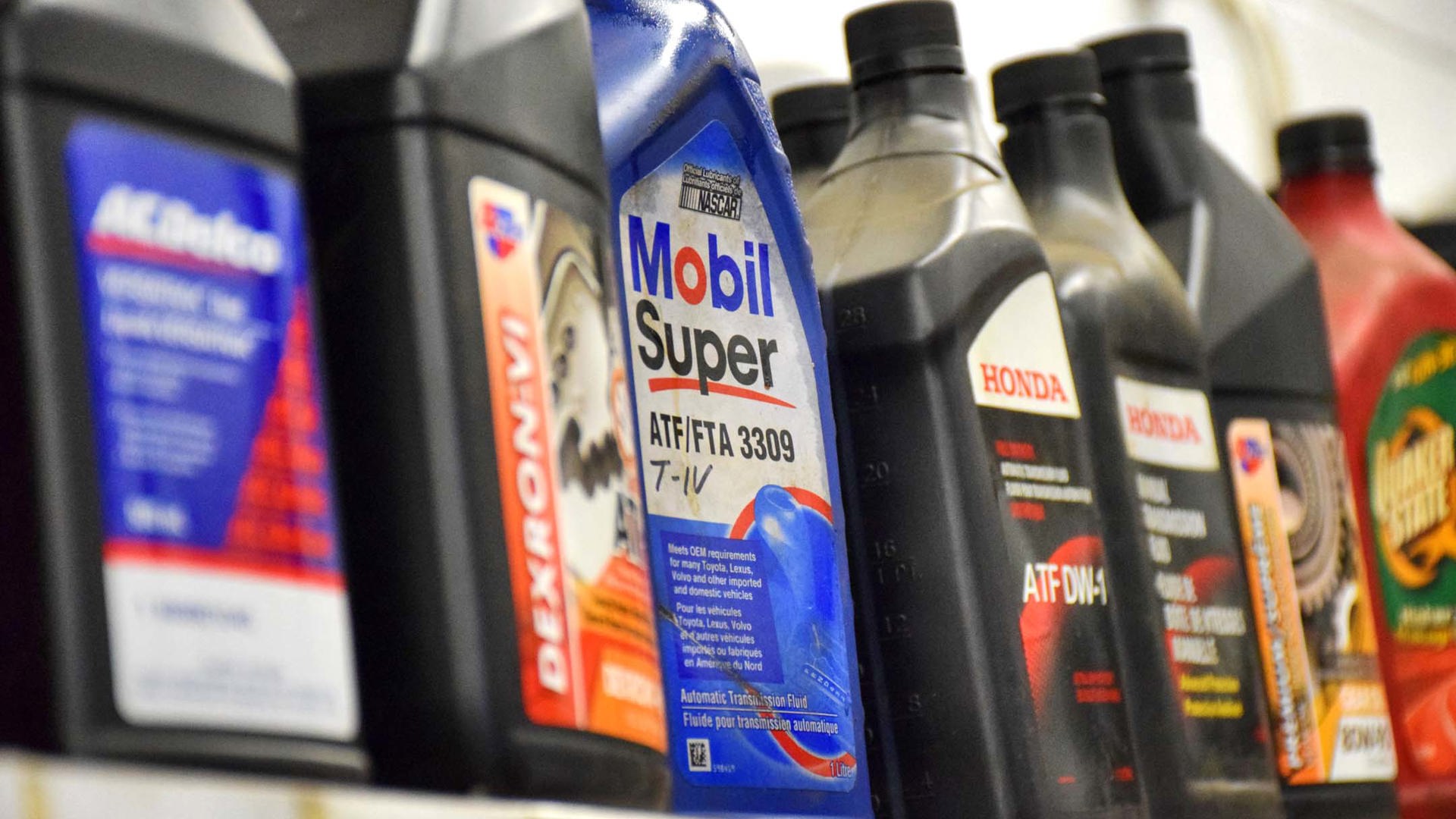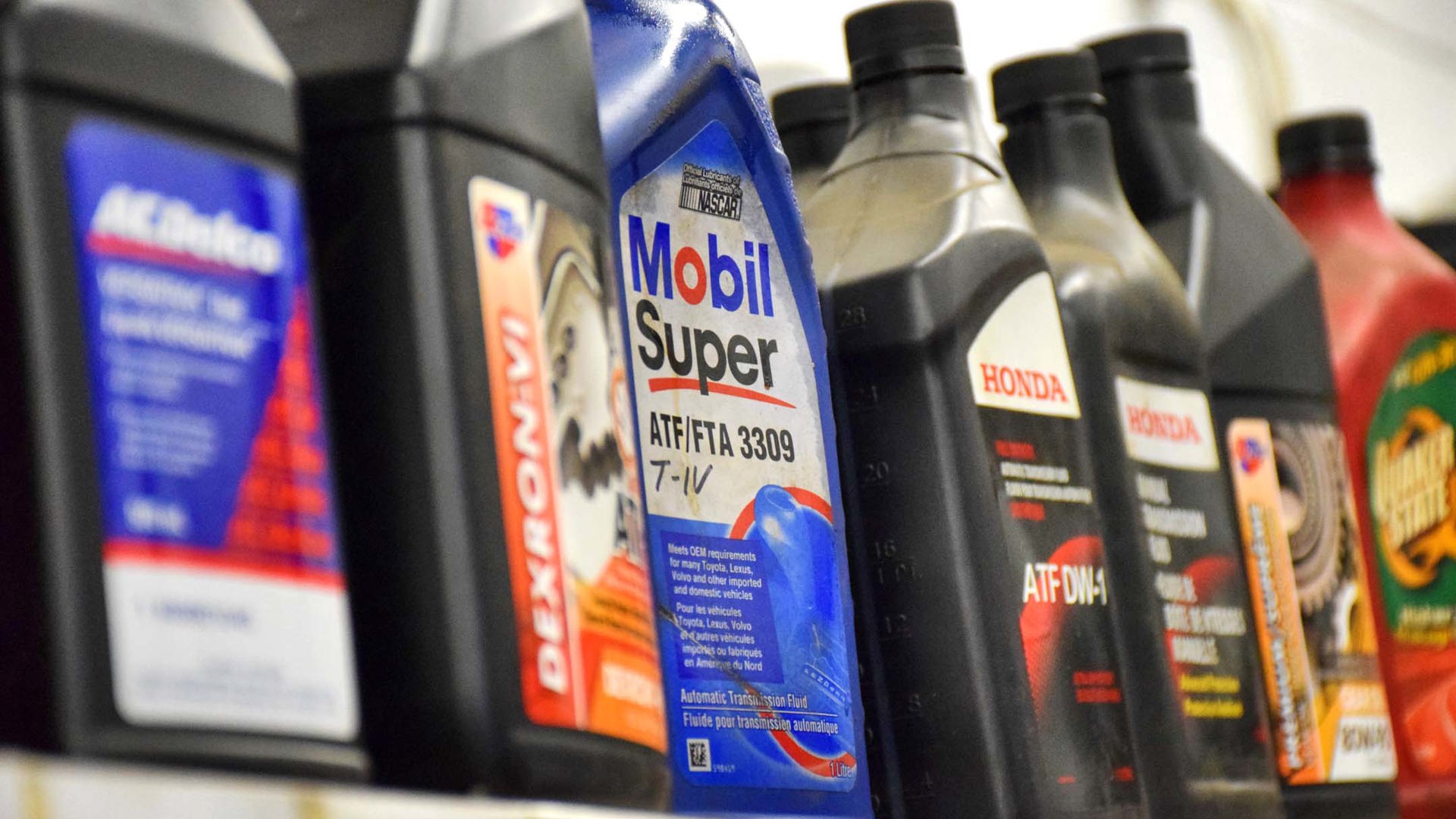Welcome to Stories of the Mechanically Declined! Every month, we highlight a story or situation that reinforces the need for drivers and shoppers to understand their vehicle, how to maintain it, and how it works.
This month’s story comes from Lori Boerio, a service advisor at a major dealership in Northern Ontario. It reinforces the importance of servicing for complicated powertrain components in new vehicles – particularly, relating to the continuously variable transmission, or CVT.
For years when compiling research and owner testimonials for autoTRADER.ca’s weekly used car review columns, I’ve been advising shoppers to confirm that the CVT transmission in any used vehicle they’re considering has been properly serviced, preferably by a dealer, and to continue having said transmission regularly and properly serviced.
The following story illustrates why.
A Pricey Quote Leads to DIY…

Here’s the sticky: a customer bought her vehicle a few years back from the dealer where Boerio works as a service advisor. Sometime in the not-so-distant past, the customer’s crossover advised her, through a built-in maintenance reminder system, that servicing was due.
“The customer’s vehicle was calling for an upcoming service, which included a change of the CVT transmission fluid,” Boerio says. “She had called us for an estimate to have the servicing done, but decided to get a second opinion, since she wasn’t happy with the price we quoted.”
This customer was on the right path – contacting Boerio’s dealer for an estimate and appointment shortly after her vehicle advised her that the servicing was due, and that her CVT transmission needed a fluid change.
Then, things took a turn for the worse.
Upon discussing the estimate and service requirements with her husband (a heavy equipment mechanic) the couple decided to skip the dealer visit, and to perform the priciest part of the servicing (the transmission fluid change) at home, in the garage. The customer’s husband figured he could save them some money by performing this part of the servicing himself.
“We ended up learning all of this later on, when the customer eventually wound up back at our dealership experiencing transmission problems,” says Boreio. “This customer and her family have been long-time customers here, and we’re familiar with them, and their vehicles.”
The Complaint

The customer’s CVT transmission, which was still under factory powertrain warranty, began acting strangely a month or so after the at-home fluid change. Things got progressively worse, and reported symptoms included slipping, surging, excessive revving, and even performance that was, at times, so sluggish it posed a safety risk.
“Things hit a point where the customer was fearful for her safety when driving, as the vehicle was having trouble achieving and maintaining highway speeds,” Boerio explains. “At times, she’d even press the accelerator, and have to wait two or three seconds before the vehicle got moving much at all.”
Boerio’s staff took the vehicle in for an inspection, while the customer waited in the lounge. A few moments later, Boerio and one of her technicians visited the customer in the lounge with a small plastic cup filled with a reddish, syrupy-looking fluid.
“We knew this was going to be expensive, so we wanted to explain exactly what was causing the problems.”
The Diagnosis
The little plastic cup was filled with automatic transmission fluid (ATF), which the customer’s husband had used to fill the transmission during the at-home transmission fluid change a month back.
But here’s the thing: the CVT transmission in the customer’s vehicle (and most others) requires filling with a very specific type of fluid that’s designed exclusively for use in this type of transmission. Not aware of this, the customer’s husband had simply filled the transmission with conventional ATF instead.
As ATF has a completely different set of properties, and a different viscosity than CVT fluid, it’s often incompatible for use in a CVT transmission. Transmission-specific fluids often contain a special additive package that is engineered to work with the specific operational parameters of the transmission in question, as well as the materials used to build the internals of said transmission. Oftentimes, transmission-specific fluids are coloured, to help dealer technicians quickly identify problems caused by the use of incompatible fluids.
The Outcome

Use the wrong fluid in the wrong transmission, and you compromise the lubrication performance, compromise internal seals and gaskets, cause strain to various pumps and other componentry, and more.
In some cases, use of the incorrect fluid for the transmission can even cause excessive foaming or frothing of the fluid, which effectively changes the fluid’s viscosity and the fluid pressure within the transmission. This can wear out various parts, or even destroy delicate internal seals, which was a likely part of the customer’s problem.
“We showed the customer the red transmission fluid in the cup and explained that when we draw fluid from our CVT transmissions, we need to see a bright green colour,” Boerio said. “That means we’re seeing the proper fluid. But in this case, we weren’t. Then, I had to explain that the transmission was destroyed and needed to be replaced, and that the warranty doesn’t cover damage caused by use of improper fluids.”
Boerio explained that a proper fluid flush and fill on this particular type of transmission also requires specialized equipment that facilitates computer-assisted monitoring of the transmission fluid temperature and pressure while it’s being drained and refilled. Without access to this equipment, the customer’s husband was set up for failure from the get-go, even if he had used the (much pricier) CVT fluid, not the generic automatic transmission fluid.
“This isn’t the sort of thing where you can just drain, wait until it’s empty, and then top it up,” Boerio explains. “Literally, our technicians have to use a special device to do the job properly. If you just pull the plug, let it drip out, and refill, you haven’t changed all of the fluid, or changed it properly.”
Result? The customer and her husband managed to save a few hundred dollars on a transmission fluid change, but they earned a several thousand-dollar replacement bill for a new transmission in the process.

